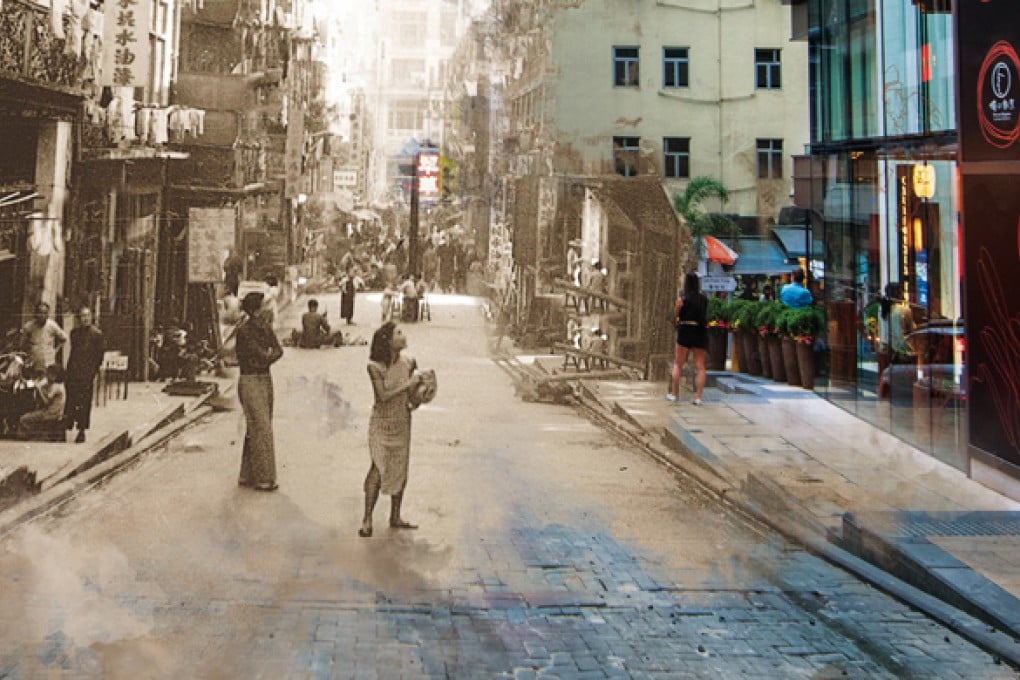The Complete History of Lan Kwai Fong
From humble beginnings 35 years ago, Lan Kwai Fong has become the city’s premier partying destination. But it hasn’t been without its ups and downs. Andrea Lo charts the history of Hong Kong’s party central.

The Days of Disco
Walk around Lan Kwai Fong on a Friday night and it’s almost impossible to imagine that not long ago, this hotspot at the heart of Central was a quiet alley where flower stalls and warehouses took center stage. Prior to the Second World War, Lan Kwai Fong, which means “orchid square,” was where mui yun—professional matchmakers—ran their businesses. Even as late as the 1980s, Hong Kong was still far from the party central it is today. For many, a typical night out on the town consisted of going to five-star hotels, such as The Peninsula or the Hilton, which both housed nightclubs. There was entertainment in Kowloon and Wan Chai—but nothing in the Central district after dark.
Many know that the “Father of Lan Kwai Fong” Allan Zeman (see our First Person interview in the same issue), came along in the 1980s and began to transform the area when he opened California restaurant on the ground floor of the old California Tower—gradually expanding it into the LKF we know today.
But before Zeman’s empire, there was Disco Disco. The legendary discotheque, located where Volar now stands, was opened in 1978 by the late Gordon Huthart. A scion of a prominent Hong Kong family, he was one of the city’s few openly gay personalities during a time when homosexuality was still illegal in the city.
“Gordon was a pretty wild kid—the black sheep of the family,” says Christian Rhomberg, the founder of Kee Club and fabled nightclub 1997. “Disco Disco was the Studio 54 of Hong Kong. It was the only place where you could find a great mix of western and Chinese people. Normally, they didn’t mix.”
Andrew Bull, who was DJing in hotel nightclubs at the time, moved on to a residency at Disco Disco and later opened the iconic Canton Disco in Tsim Sha Tsui. He remembers the earliest days of LKF nightlife. “The experience of coming to Lan Kwai Fong at night in 1978 meant going through deserted streets of Central to a dingy D’Aguilar Street, and seeing one neon sign that said ‘Disco Disco’—and nothing else.”

DJ Andrew Bull at Disco Disco in 1980